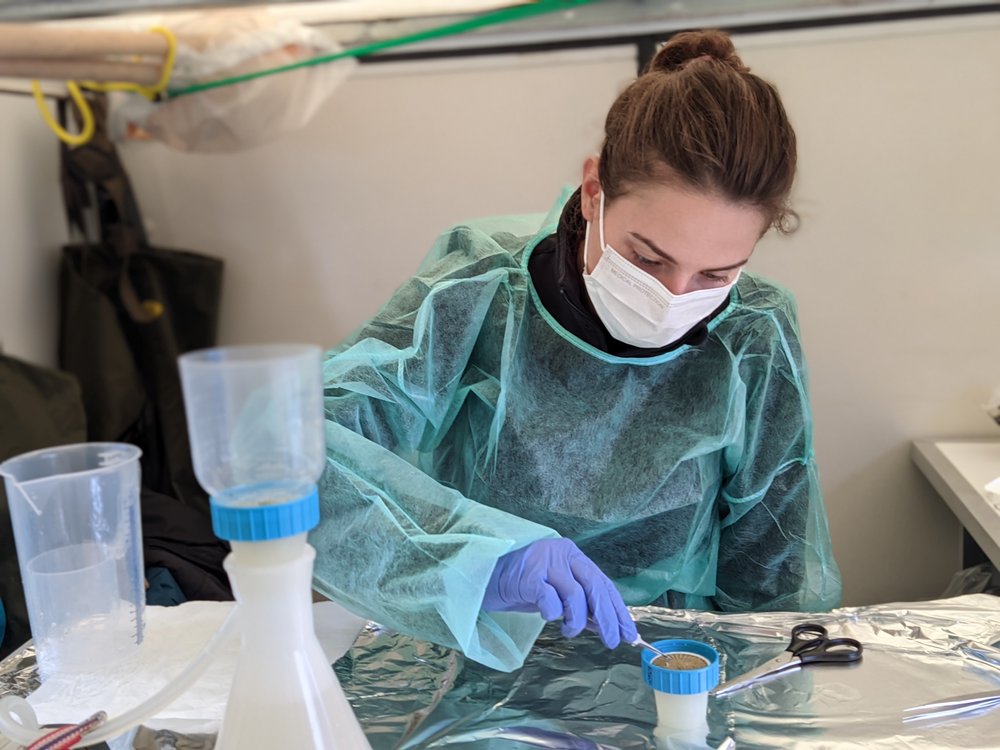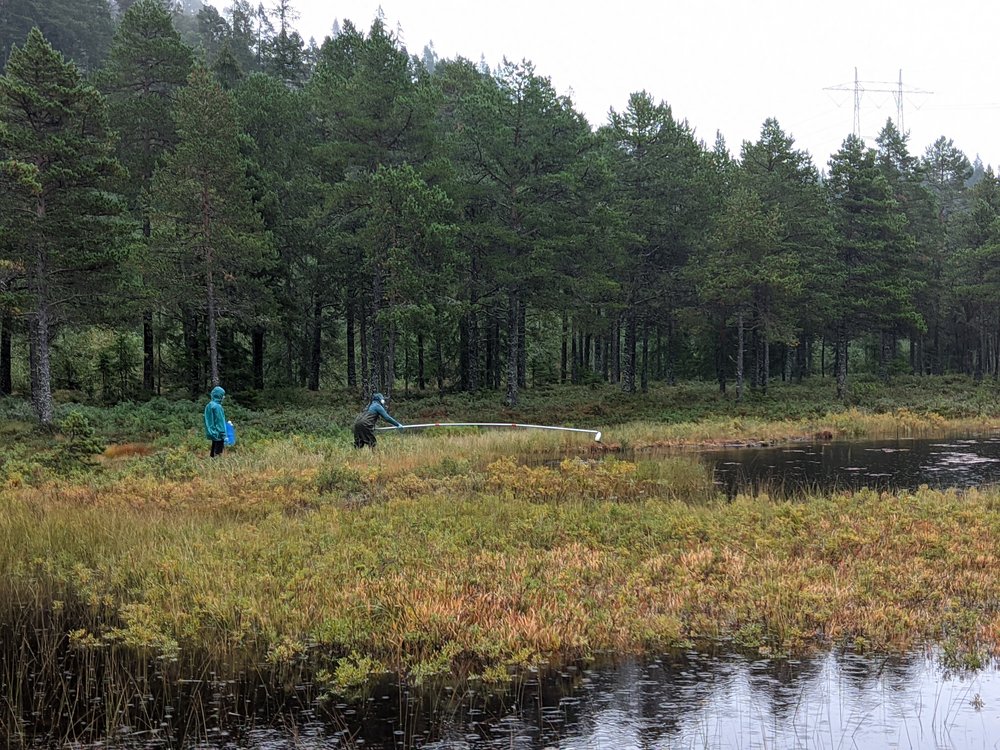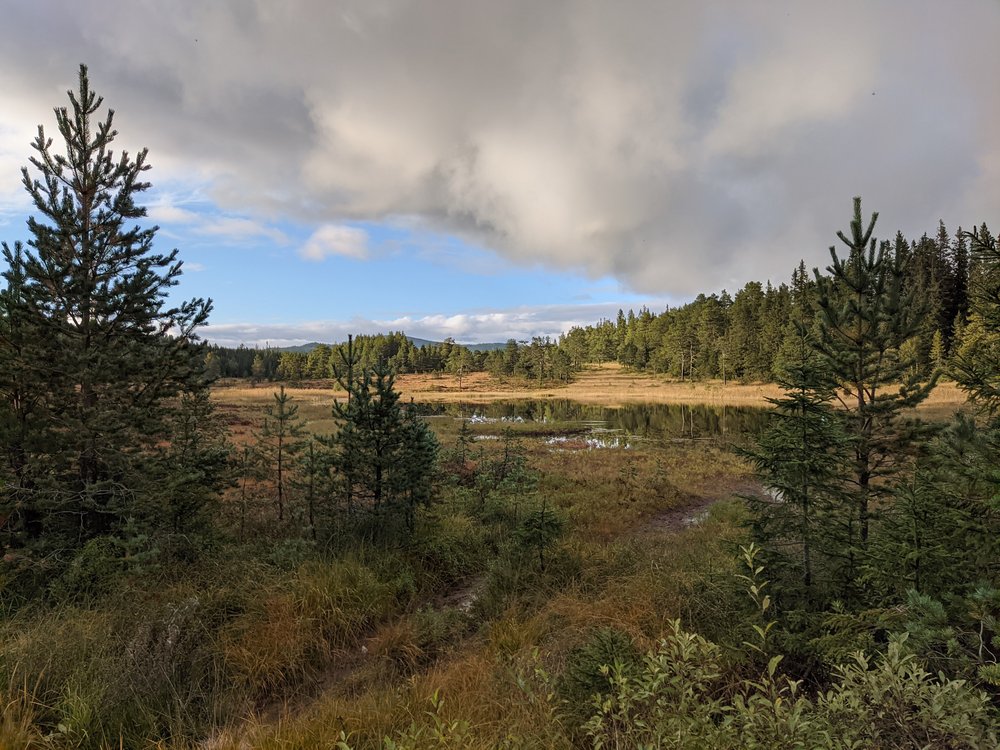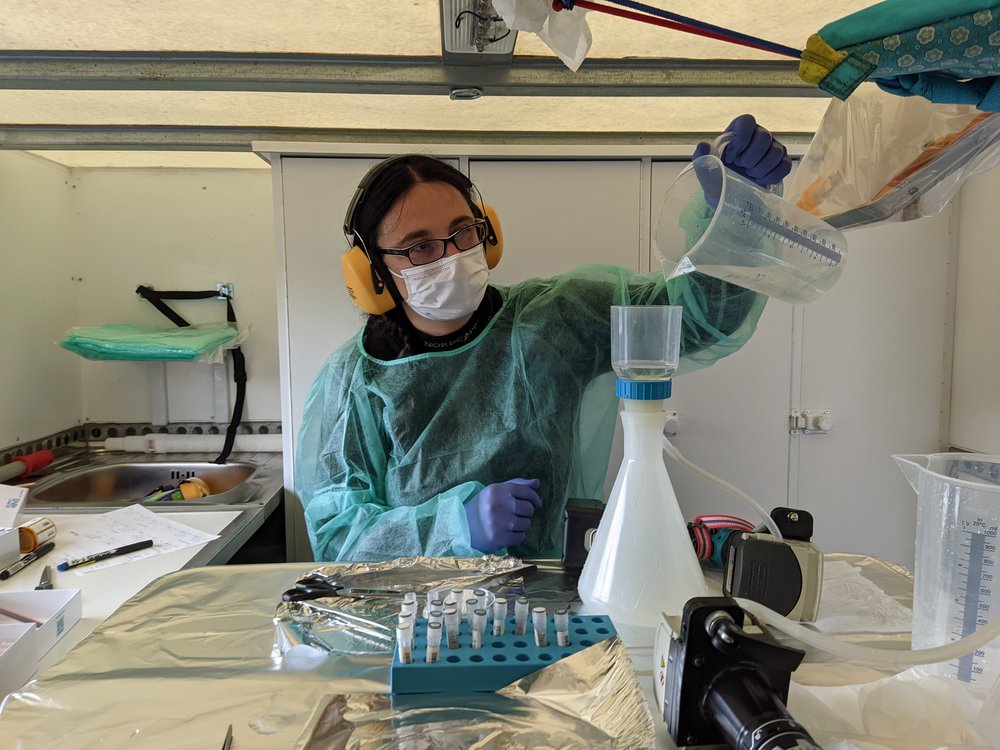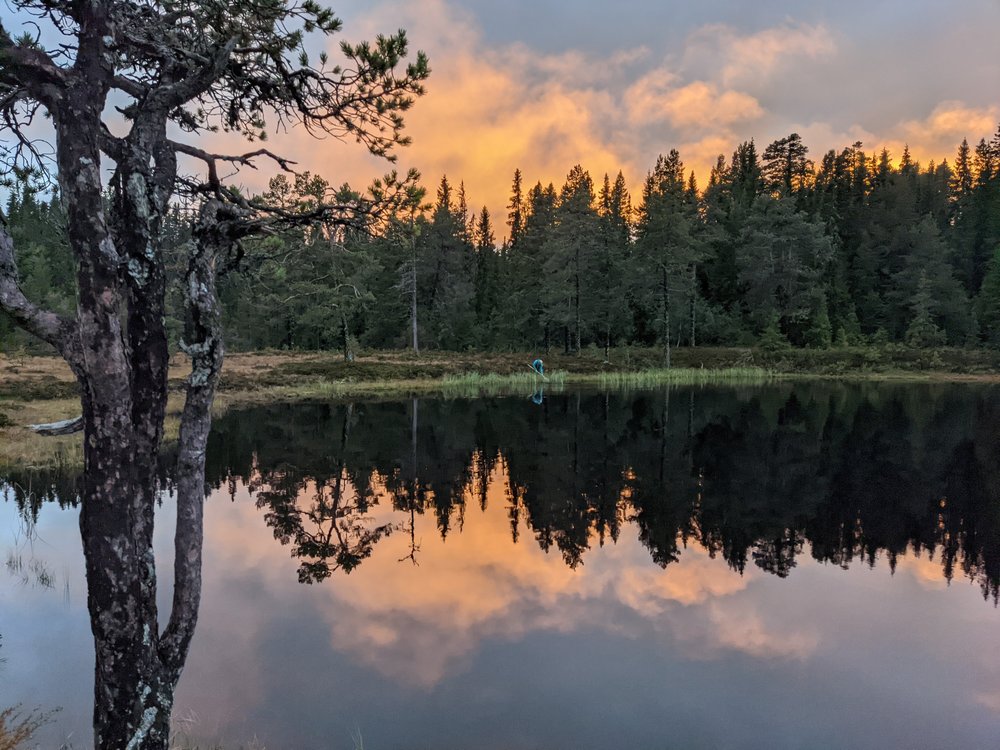Author of the photo: dr Katarzyna Janik-Superson
Biodiversity is worth its weight in gold
All over the world, urban environments are growing and developing rapidly. It is a form of human expansion, bringing a whole range of challenges and limitations to wild organisms that are subject to urbanisation. Human activities have led to a dramatic loss of biodiversity and the deterioration of many ecosystems. Moreover, many scientific studies on changes in biodiversity are local, random and do not allow for drawing conclusions on a larger scale or for forecasting trends, which becomes very important in the era of global climate and environmental changes. Therefore, an international team of scientists is carrying out the ECOPOND project, the objective of which is to improve techniques for monitoring the biodiversity of freshwater reservoirs.
Our research focuses on the biodiversity of bacteria, fungi, invertebrates and vertebrates. We also monitor chemical composition of water in several dozen freshwater reservoirs from Kraków to Trondheim in Norway.
- says dr hab. Karolina Bącela-Spychalska from the Department of Invertebrate Zoology and Hydrobiology at the Faculty of Biology and Environmental Protection, University of Lodz.
The ECOPOND project, implemented from September 2020 in five partner teams, is financed by the Norwegian Financial Mechanism for 2014–2021 (Norwegian Funds) under the "Research" Programme operated by the National Science Centre. In the case of Poland, dr hab. Szymon Śniegula from the Institute of Nature Conservation Polish Academy of Sciences is the project leader, on the Norwegian side it is Annette Taugbolz from the Norwegian Institute for Nature Research. They invited dr hab. Karolina Bącela-Spychalska from the University of Lodz, prof. dr hab. Wiesław Babik from the Jagiellonian University and dr Trude Vrålstad from the Norwegian Veterinary Institute, Oslo to cooperate within the project.
Our joint task is to study the problems and mechanisms that occur in ponds in five geographic areas. Therefore, we study freshwater reservoirs in Kraków, Łódź, Gdańsk, Oslo and Trondheim, as well as in non-urbanised areas around the cities.
- adds dr hab. Karolina Bącela-Spychalska.
Pond – an (un)ordinary place to live
There are (depending on the classification) from 64 million to even 3 billion reservoirs defined as ponds in the world. And this, in turn, accounts for as much as 30% of all stagnant freshwater in the world. Therefore, a thorough study of the biodiversity of these reservoirs, as well as the development of a method of their monitoring, seems to be extremely important.
Despite the fact that ponds are ecosystems known to most people from childhood, urban water reservoirs and their fauna still hold many secrets. Until now, most of the research on this topic has focused on larger-sized animals that are easy to observe or catch, or has focused on single species or indicator organisms. There are no studies for the entire communities of species present there and no comparisons on a wide geographical scale. In our opinion, only such an approach will enable us to obtain a true picture of the condition of these reservoirs, changes in their biodiversity and detect possible negative trends.
- explains dr hab. Bącela-Spychalska.
Ponds seem to be extremely interesting objects, not only because of their great variety, size and location, but also because they are very sensitive to all changes, not only in the reservoir itself, but also around it. They are subjected to very high anthropopressure, i.e., human pressure. On the other hand, in places where human influence is significant, for example in cities, ponds constitute a kind of refuge, i.e., places where biodiversity can develop despite changes in the environment.
Changes in reservoirs can be influenced by temperature, which is higher in cities than outside, drainage, pollution or the introduction of alien species that do not naturally occur in a given geographical area.
After returning from holidays in the tropics, hardly anyone thinks about cleaning their shoes before going for a walk in the Łagiewniki Forest. And this can have a significant impact on the transmission of organisms.
- says the researcher.
How is it studied and why is DNA needed?
Since the classification or determination of many species using traditional methods is ineffective and time-consuming, the scientists plan to study species diversity not by collecting and determination of individual groups of organisms, but by using environmental DNA and RNA from water samples.
It is known that all animals release their body cells into the water, and with them, their genetic material: DNA and RNA molecules. These particles are retained on the filters during the filtration of water from the examined pond and then analysed in the laboratory.
- says dr hab. Bącela-Spychalska.
Environmental DNA is all genetic traces of organisms living in a given environment. Just as in the case of a crime scene, DNA material of the perpetrator is looked for, we can find DNA in water samples because every organism loses DNA through moulting, along with faeces and other secretions and of course during the reproductive period. Our task is to filter DNA fragments from the collected water and identify what lives in the pond on this basis. Then, just like in the store, you use barcodes to read the price and data about the product, we use short fragments of DNA – the so-called life barcodes and we recreate a list of organisms living in a given reservoir.
- explains the researcher.
All water samples have already been collected. It took place in spring and at the turn of summer and autumn. The timing of the sampling was of great importance. Scientists chose the dates because of the presence of invertebrates (mostly insects) as well as amphibians.
We particularly waited for the presence of the common toad and the smooth newt, which, like most amphibians, are often exposed to the parasitic fungus Batrachochytrium dendrobatidis (Bd), which has a catastrophic effect on amphibians and has already led to the extinction of many species.
- adds the researcher.
In addition, the scientists take measurements of the physico-chemical parameters of water, which will be used as additional factors in the analysis of species diversity. On this basis, they will be able to determine the impact of pollutants on a group of species. The research should clarify whether the urbanisation process is actually dangerous to aquatic organisms. Or maybe providing more ponds in cities will help us better protect water-related organisms?
For more information about the project, including scientific publications, visit the ECOPOND project website. News about the project can be found on Facebook.
Dr hab. Karolina Bącela-Spychalska (ORCID ID:0000-0003-4498-5107) from the Department of Invertebrate Zoology and Hydrobiology at the Faculty of Biology and Environmental Protection, University of Lodz is the scientific supervisor of the project at the University of Lodz.
This is yet another project implemented in the Department, which concerns the use of DNA barcodes for the needs of environmental biomonitoring. We have recently informed about the research on the Grabia River – Bar code of life – biologists from the University of Lodz are studying Grabia River.
Source: dr hab. Karolina Bącela-Spychalska;
Material development: Justyna Kowalewska, 3pr;
Edit: Promotion Centre of the University of Lodz
